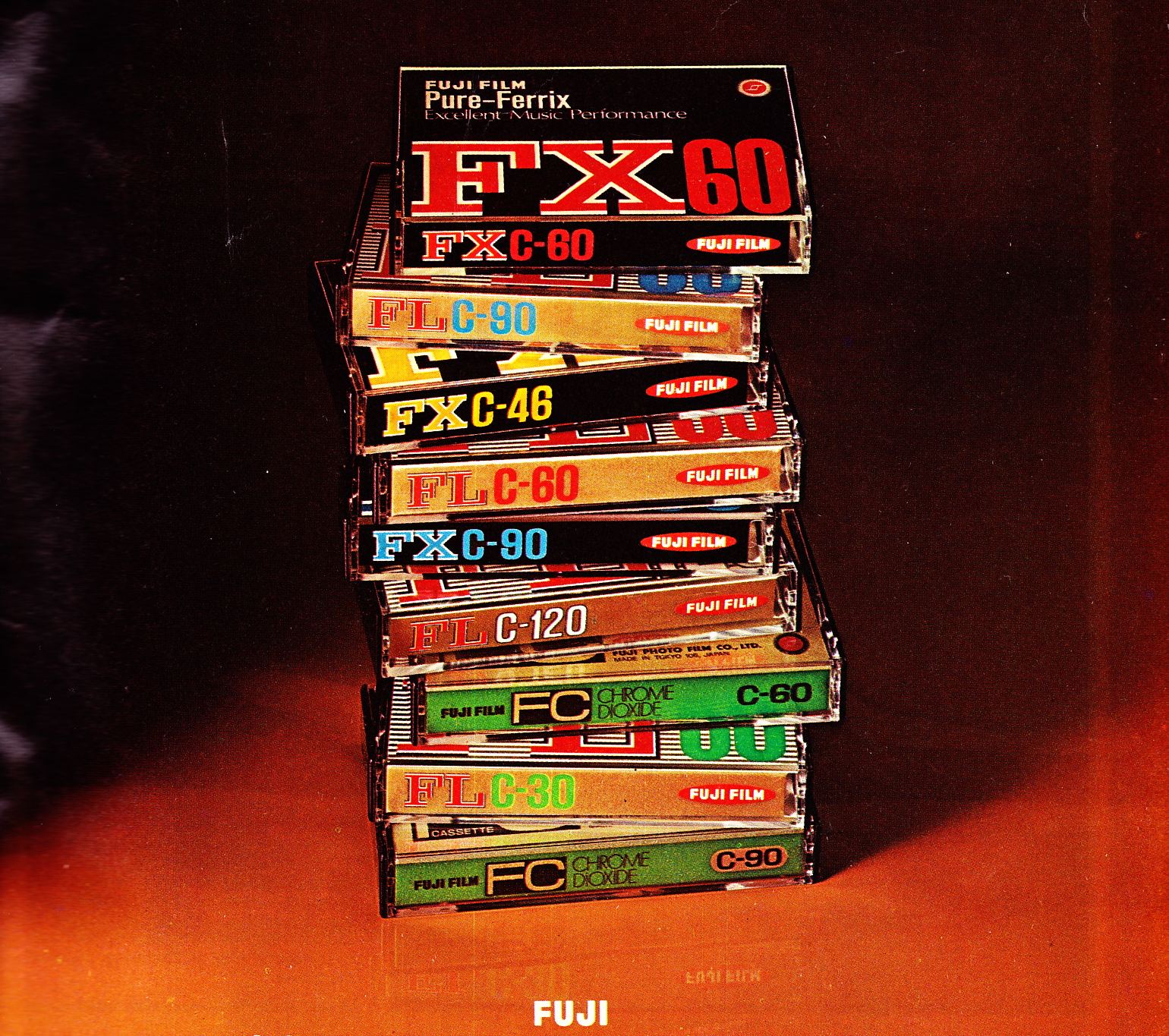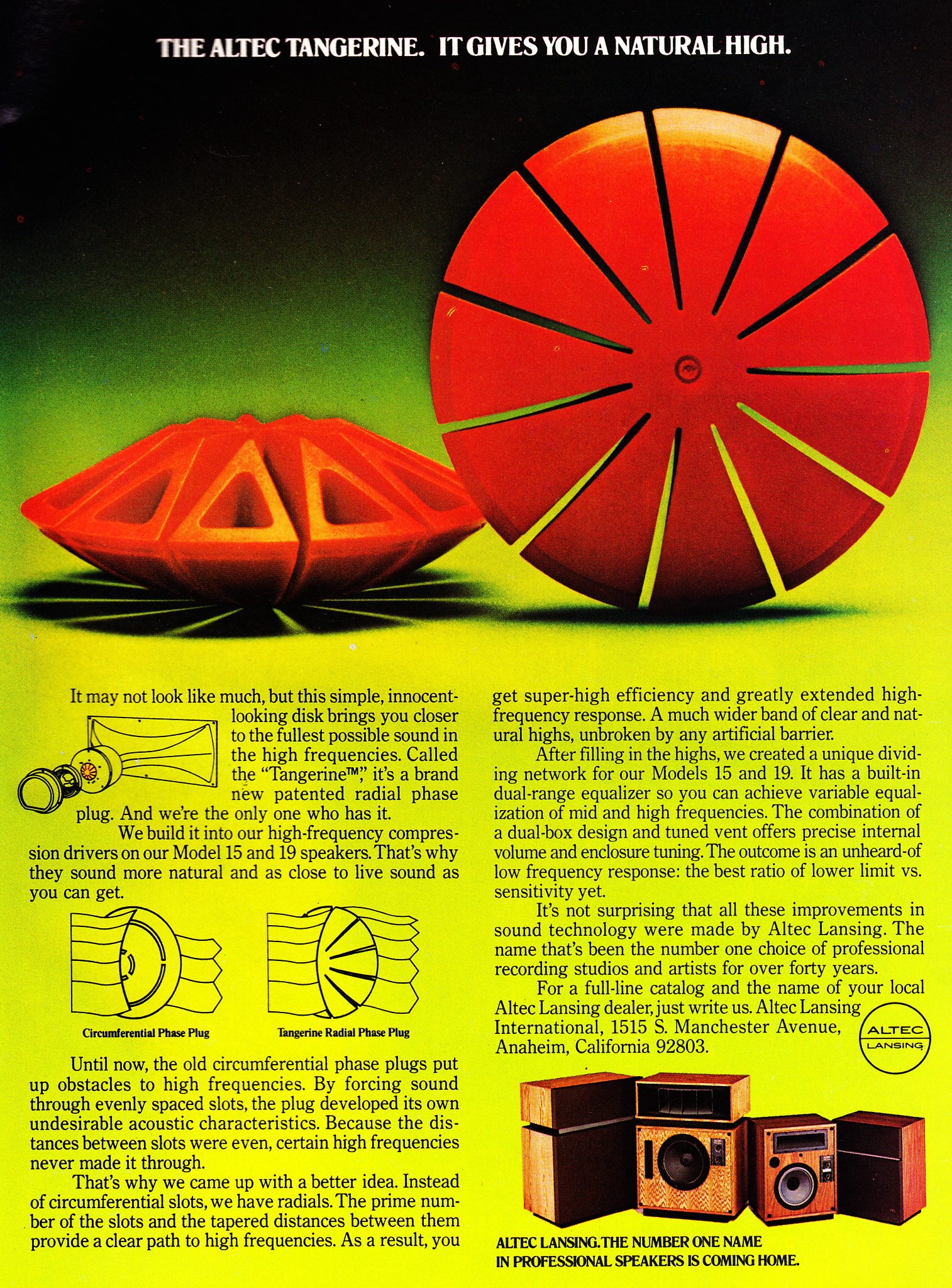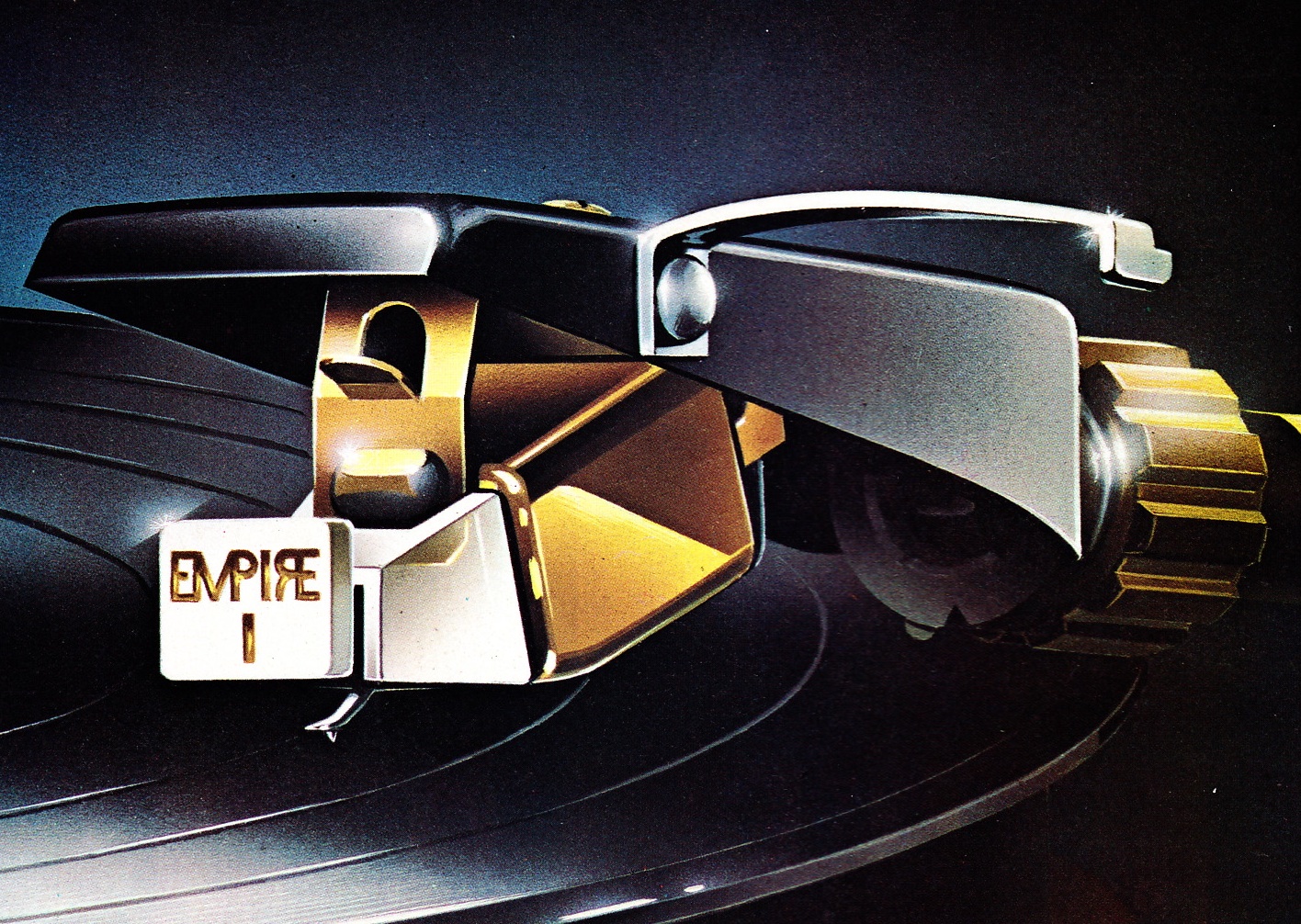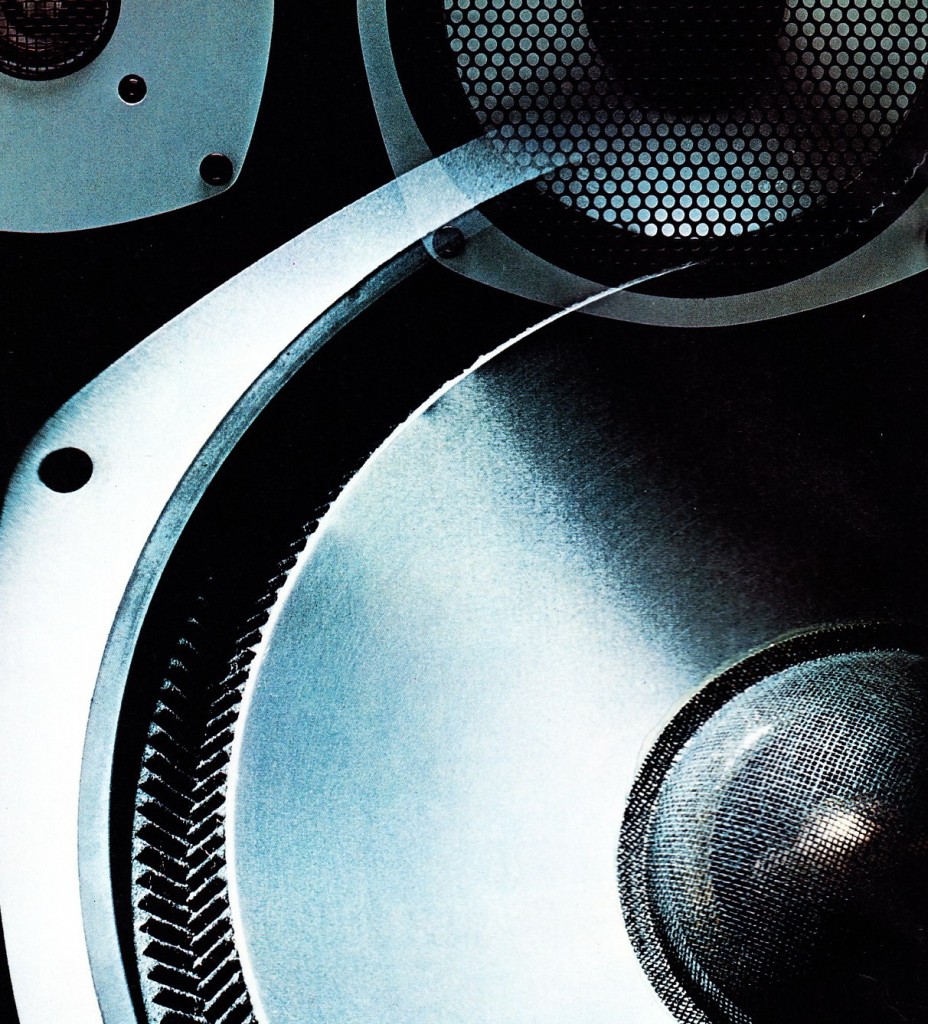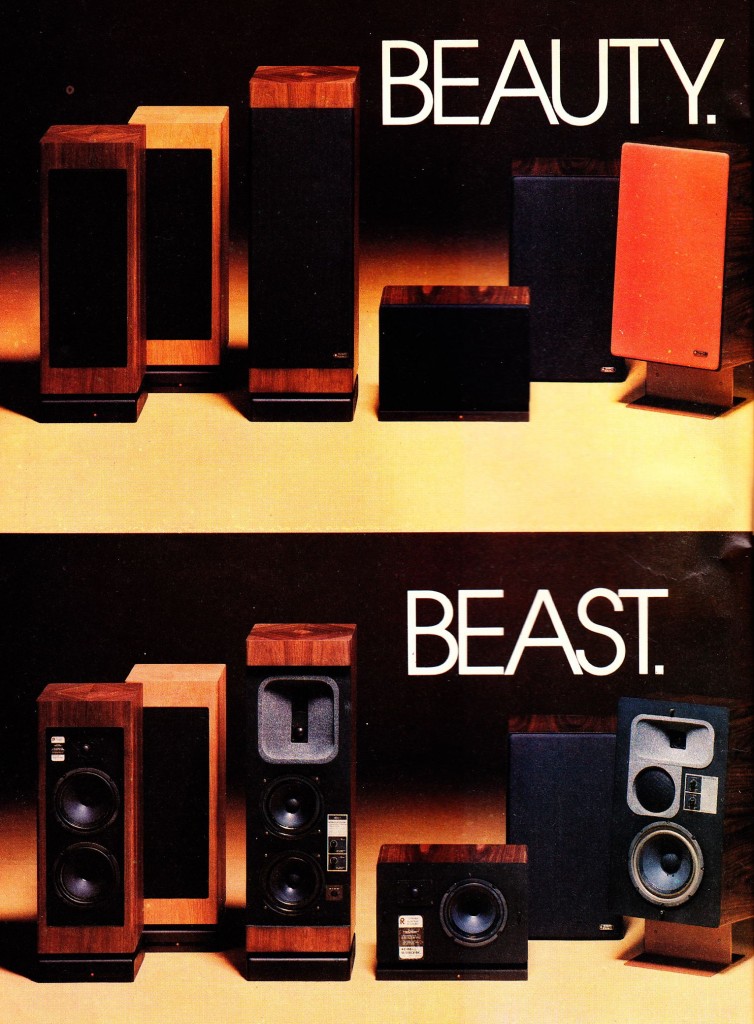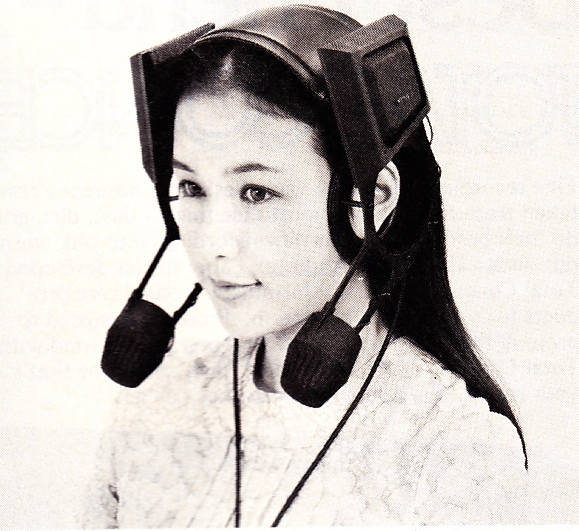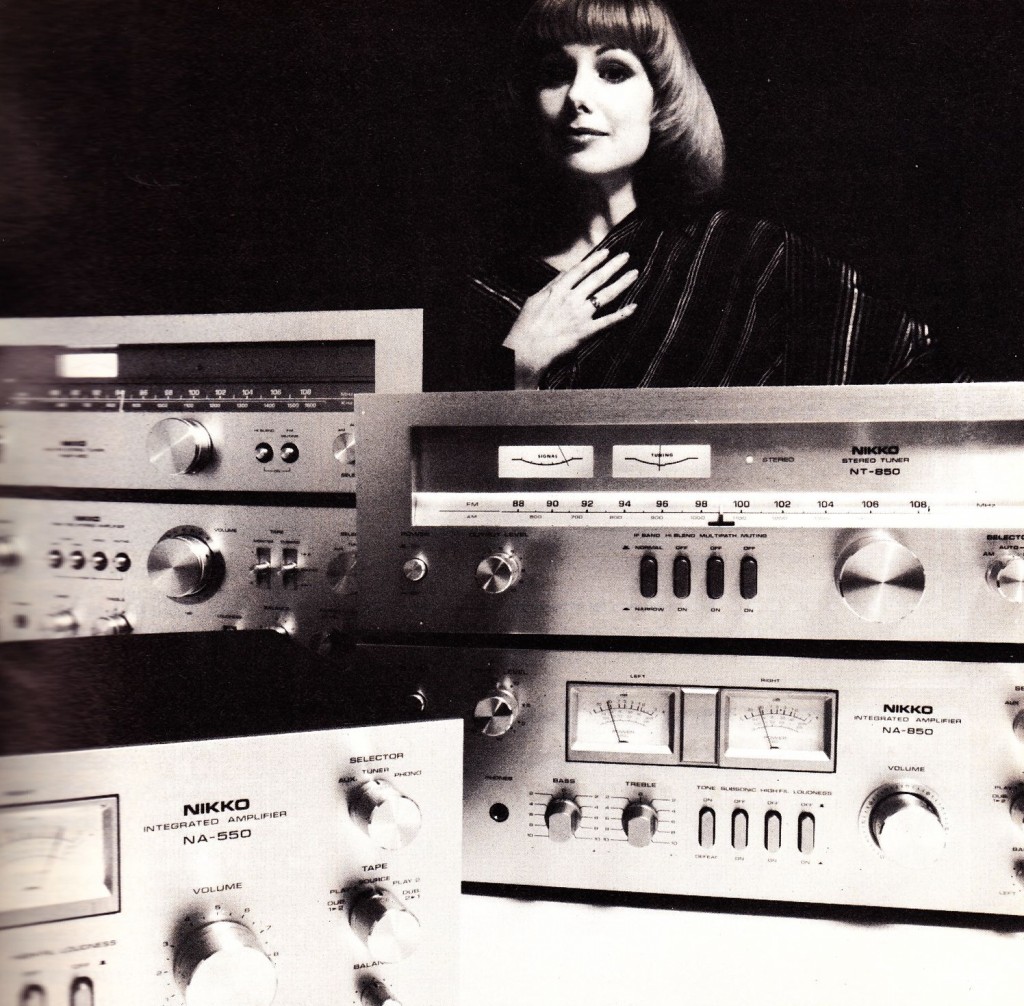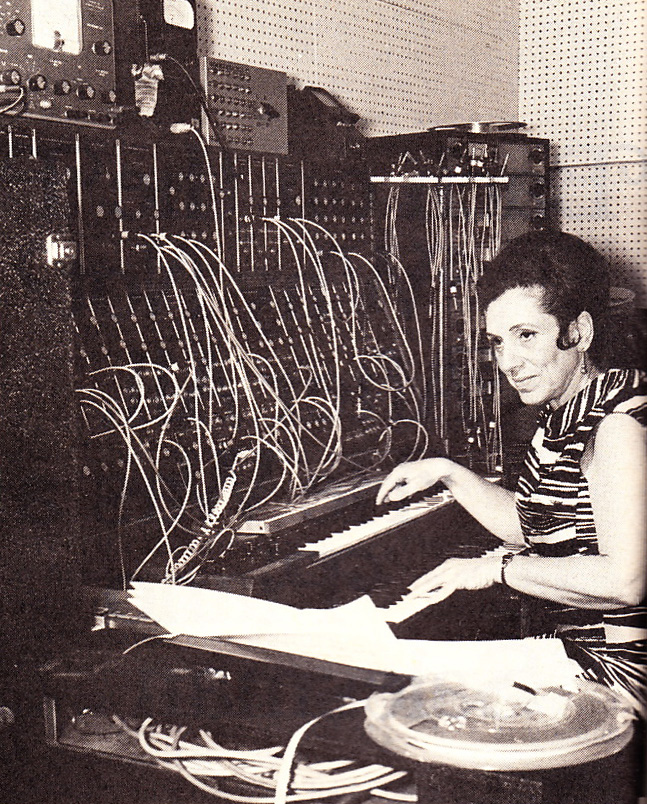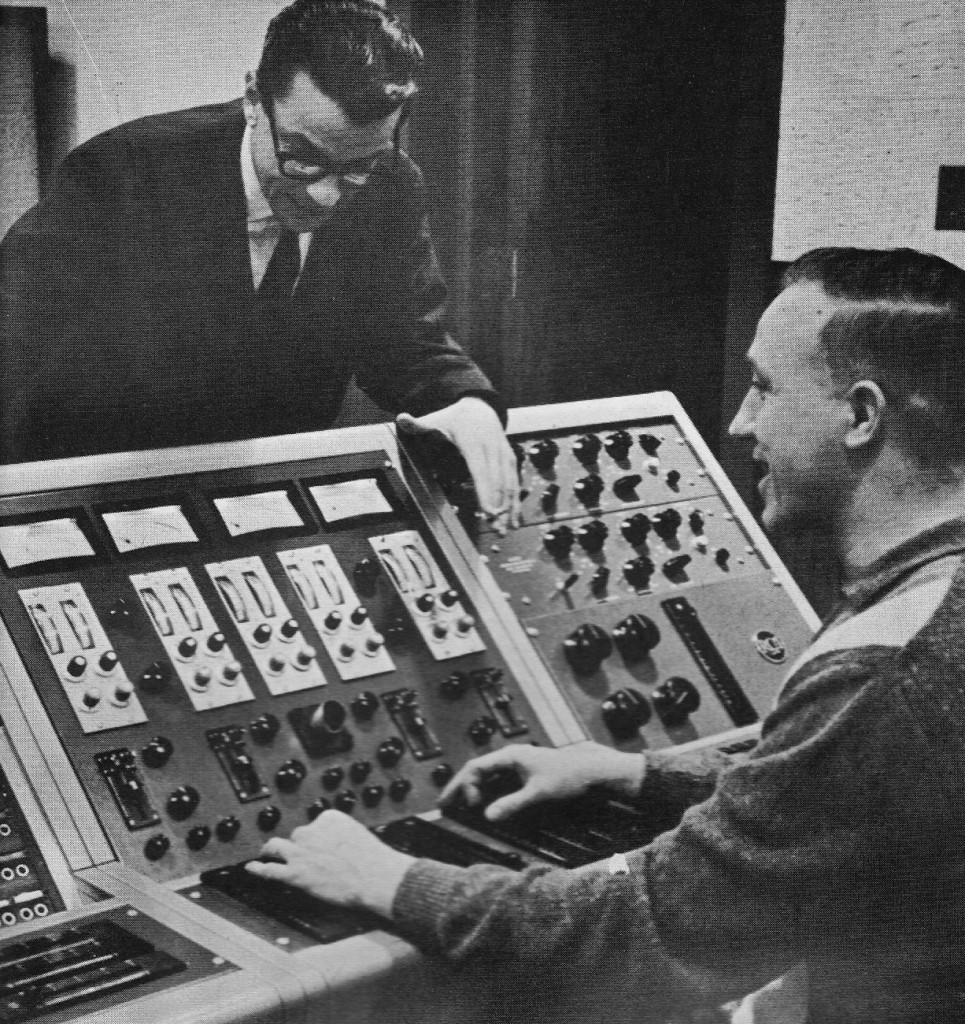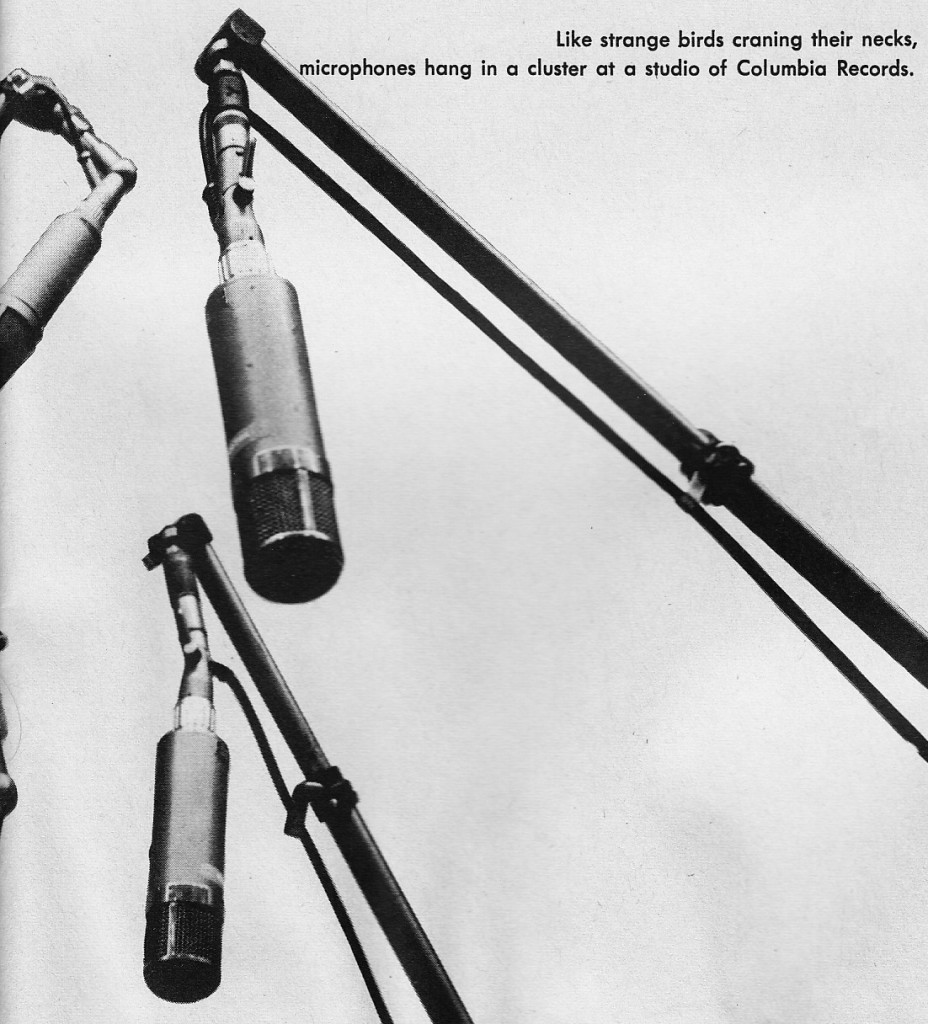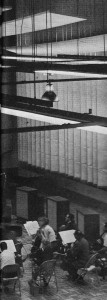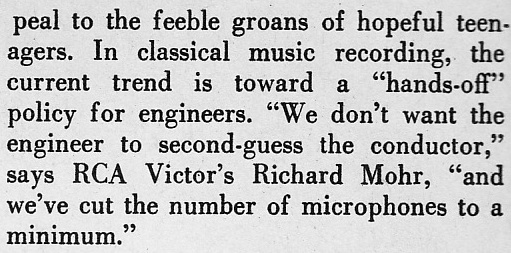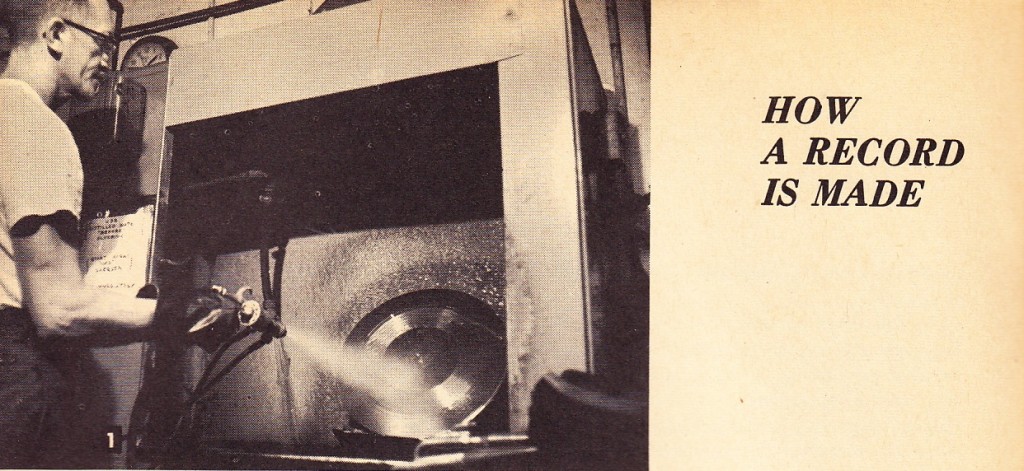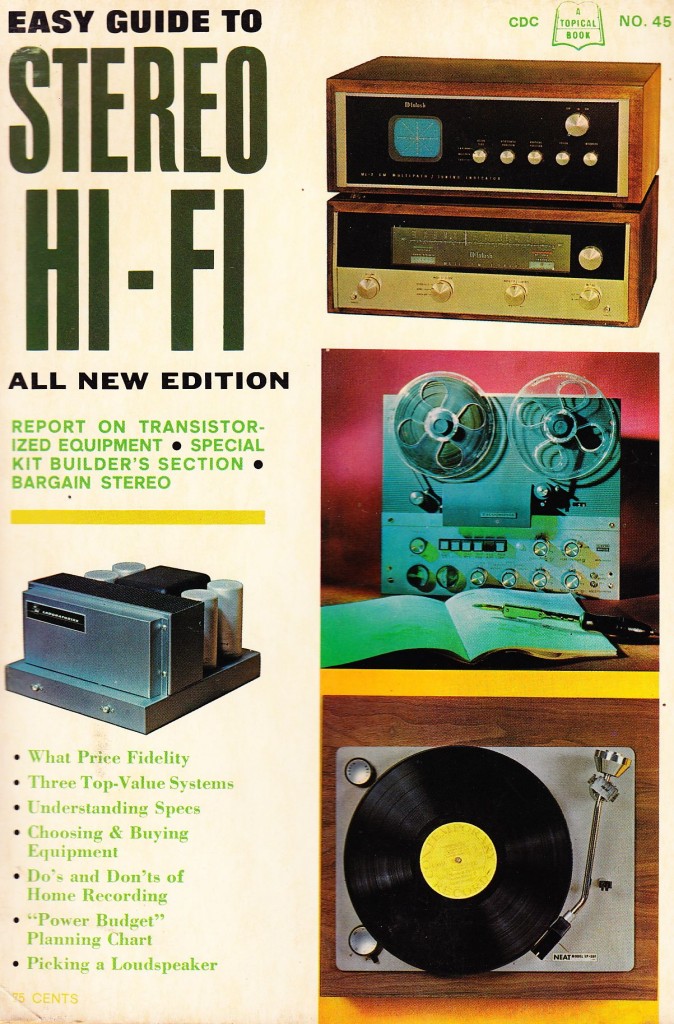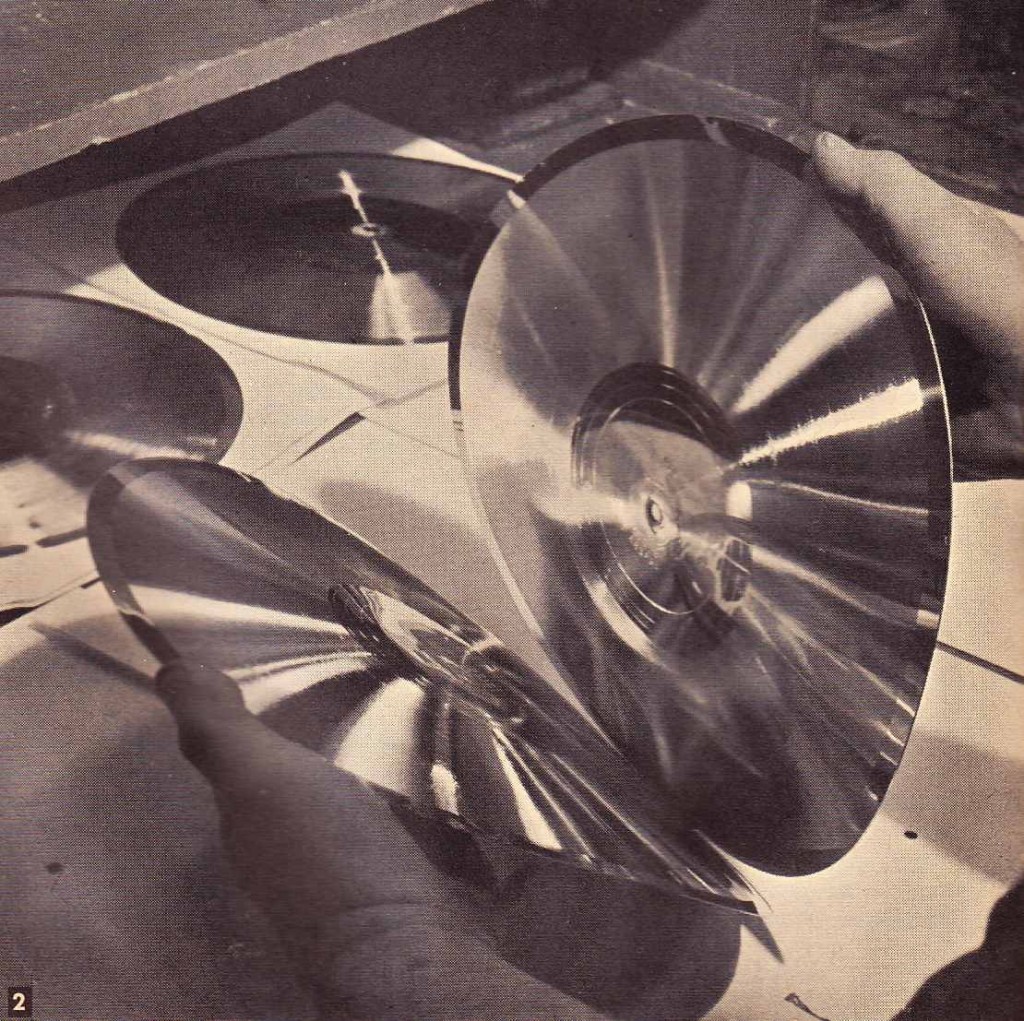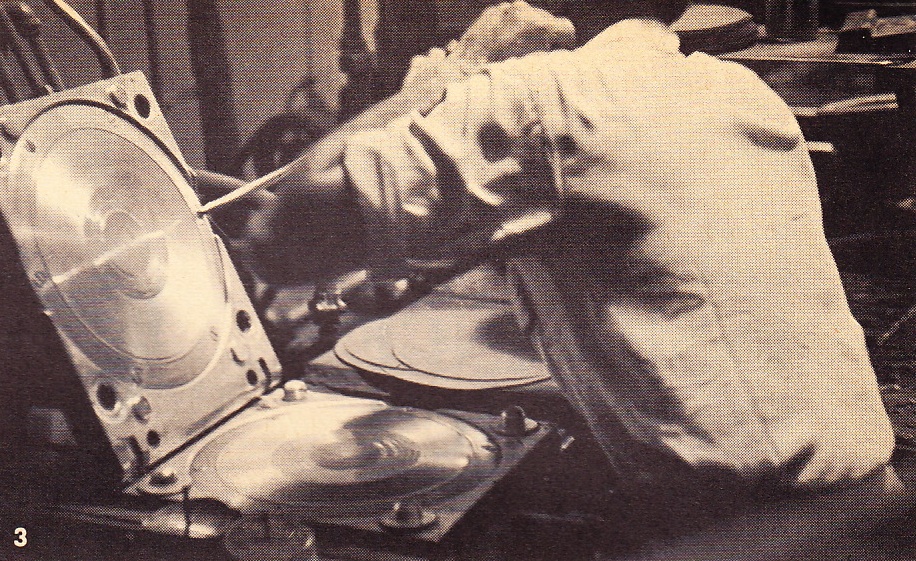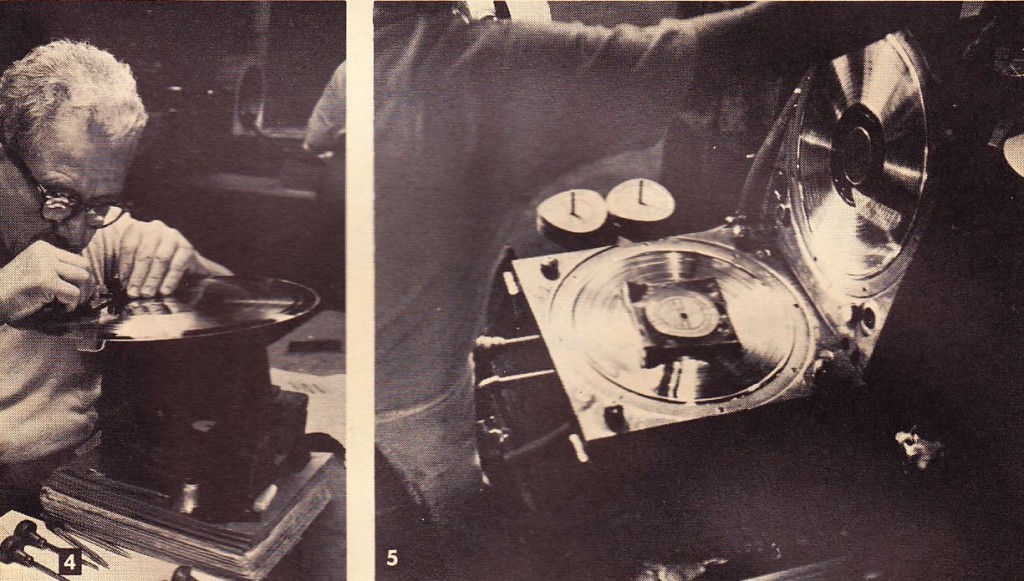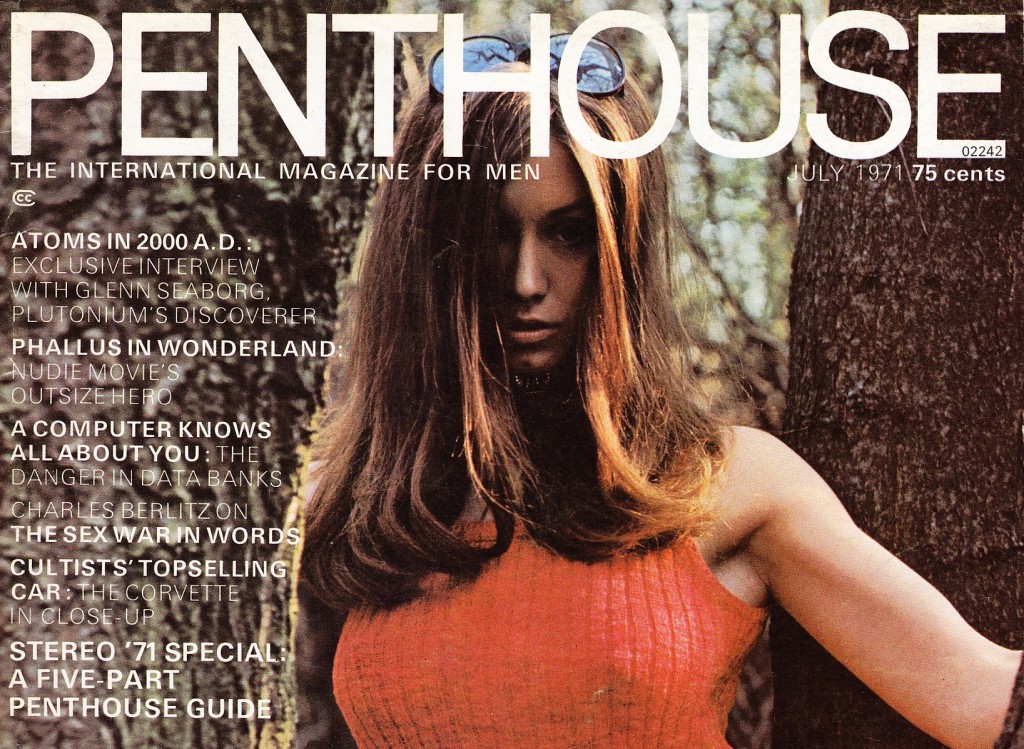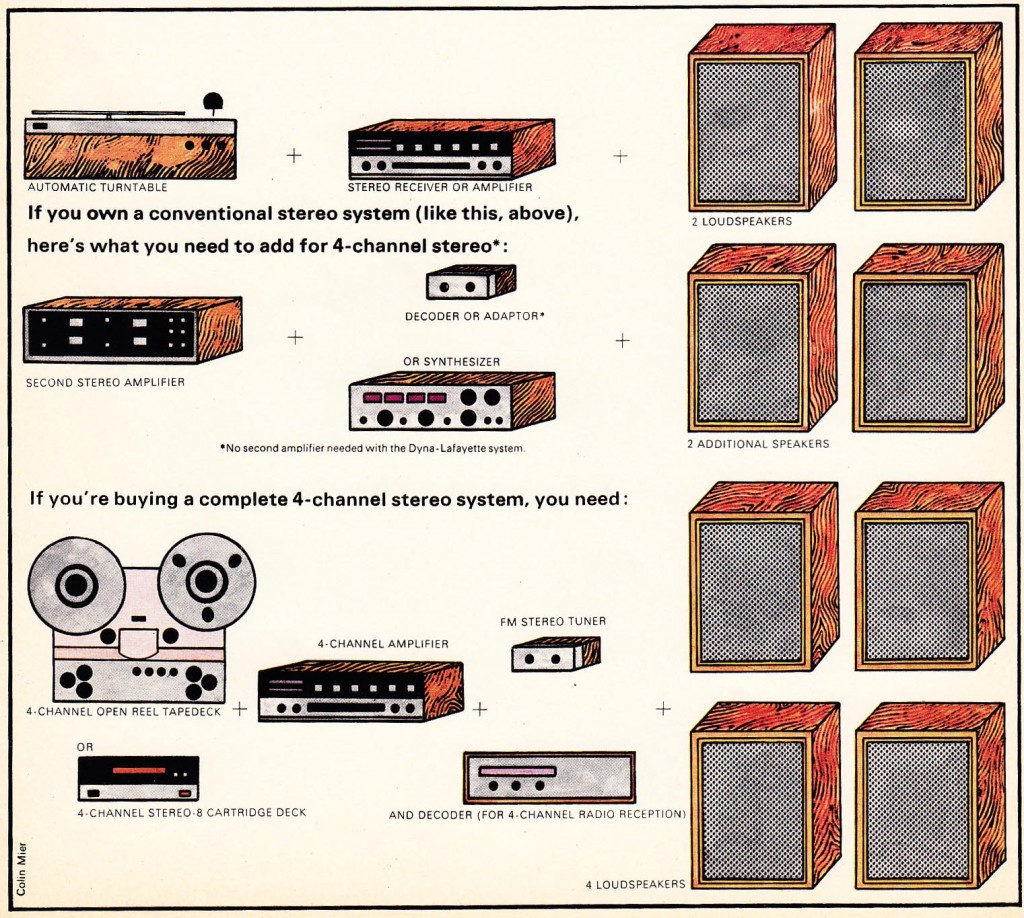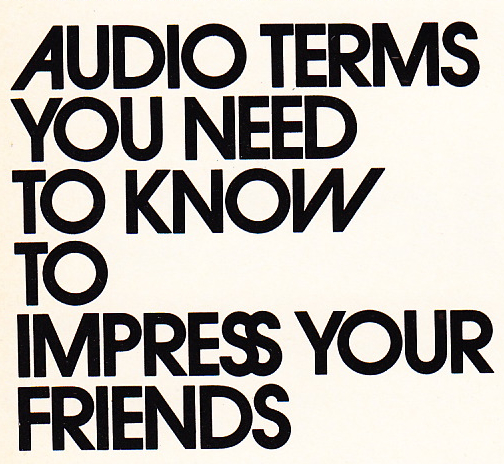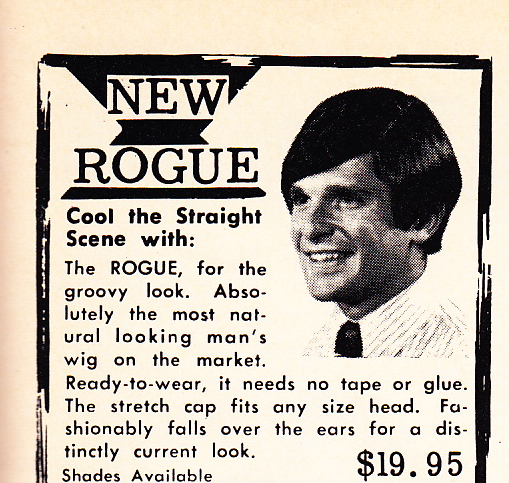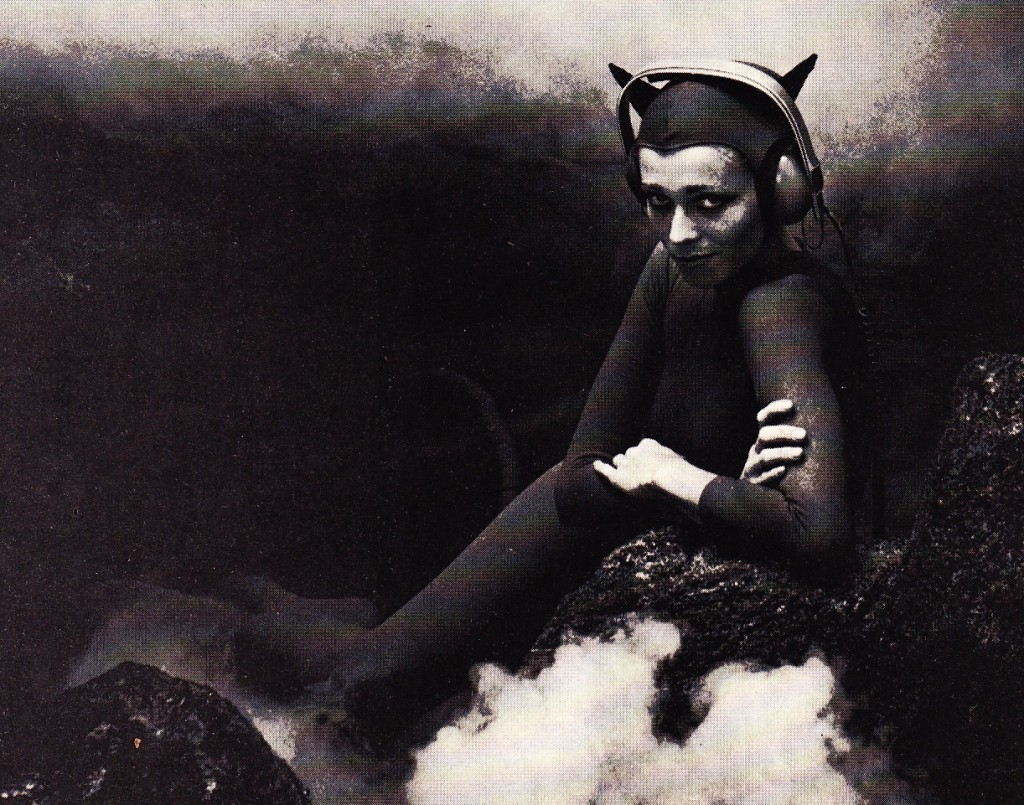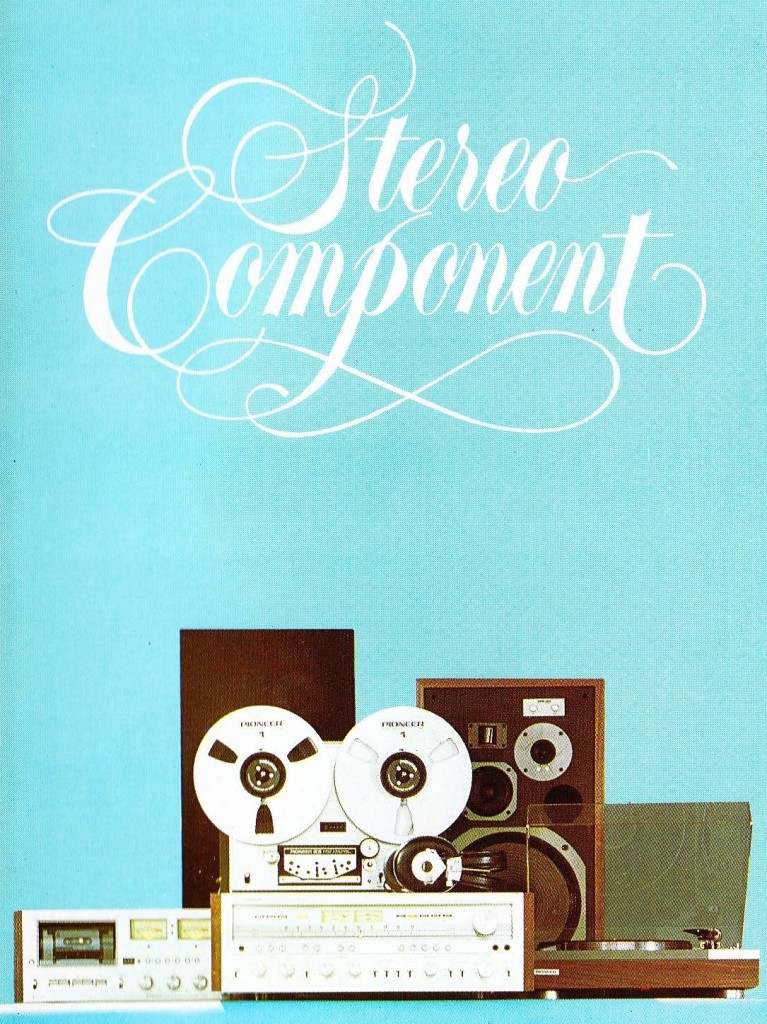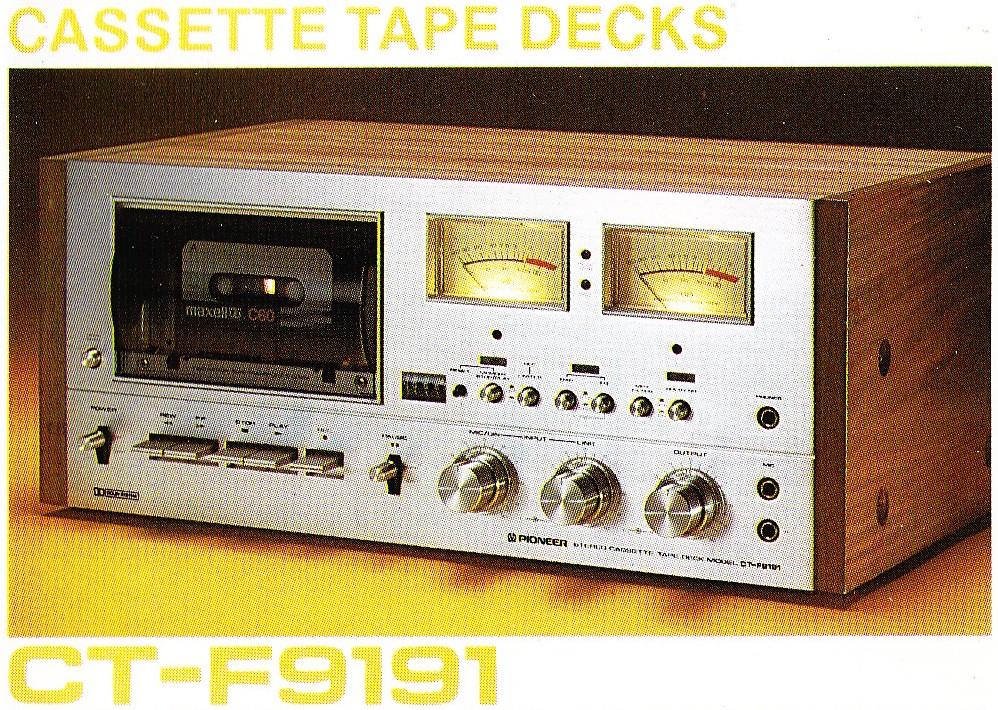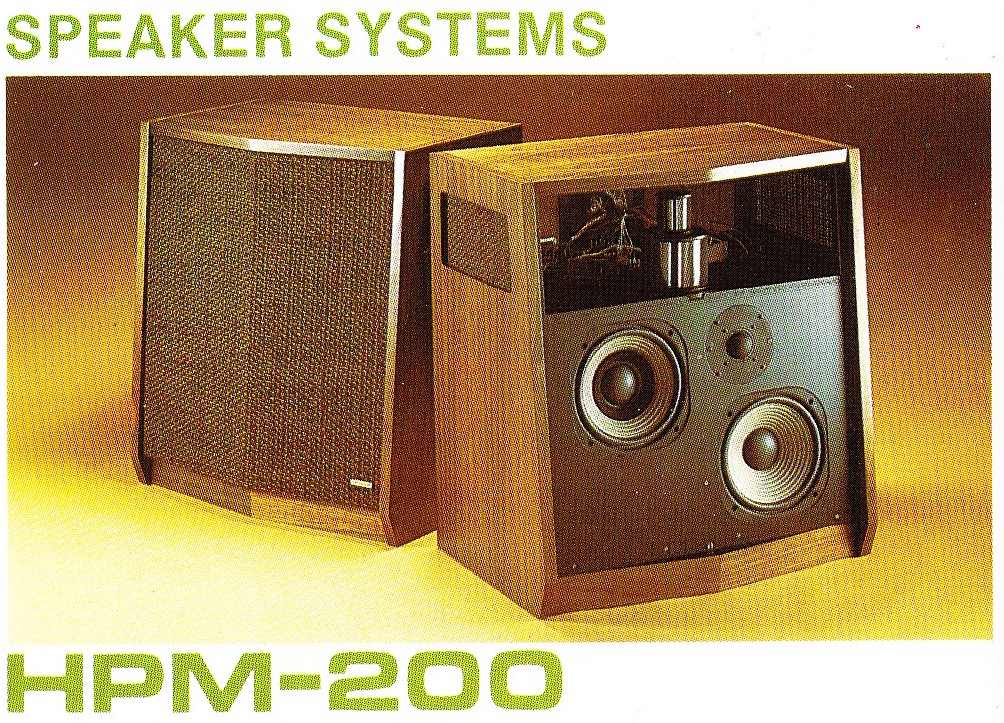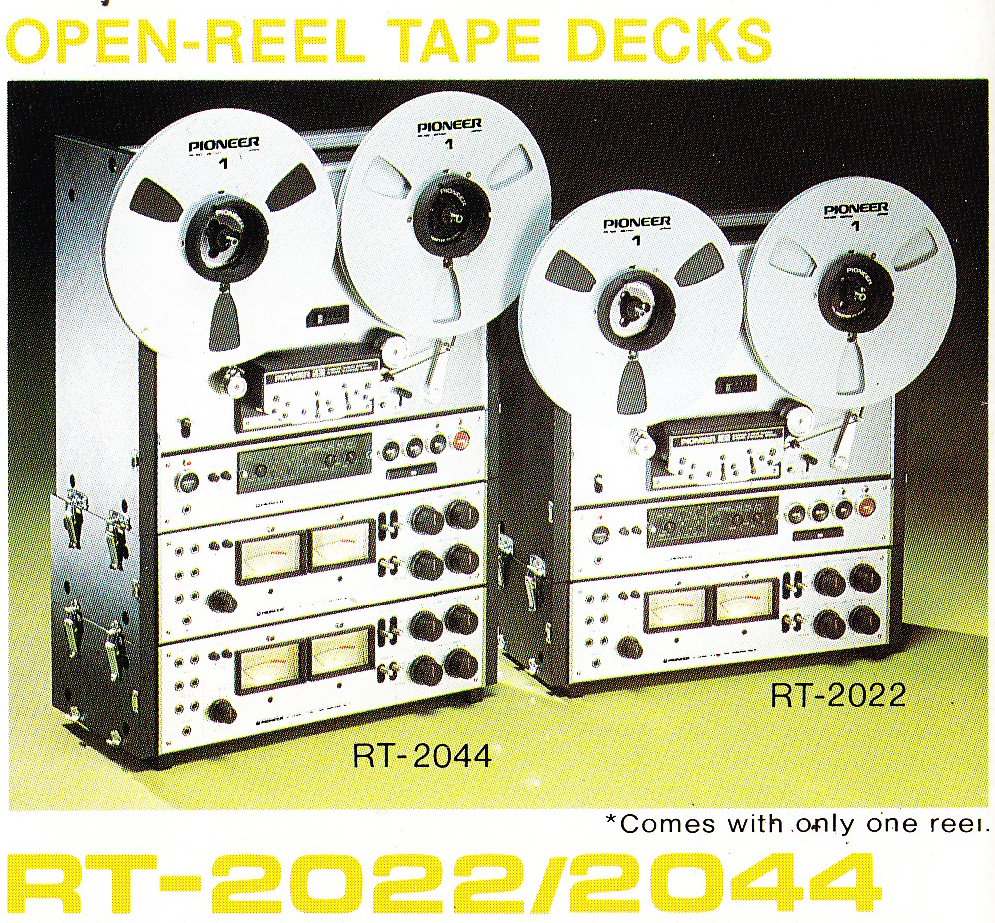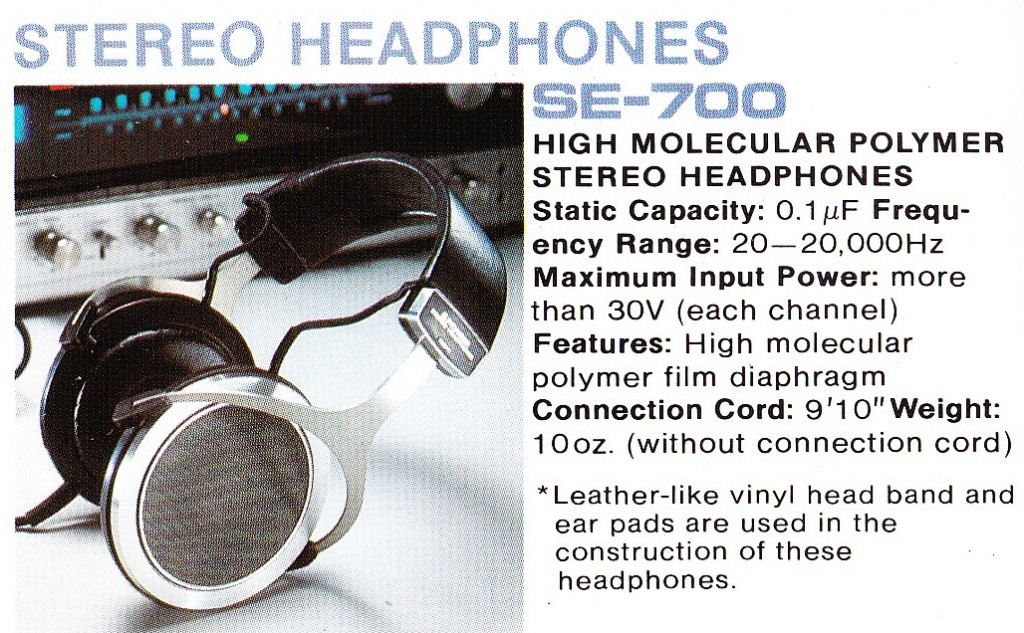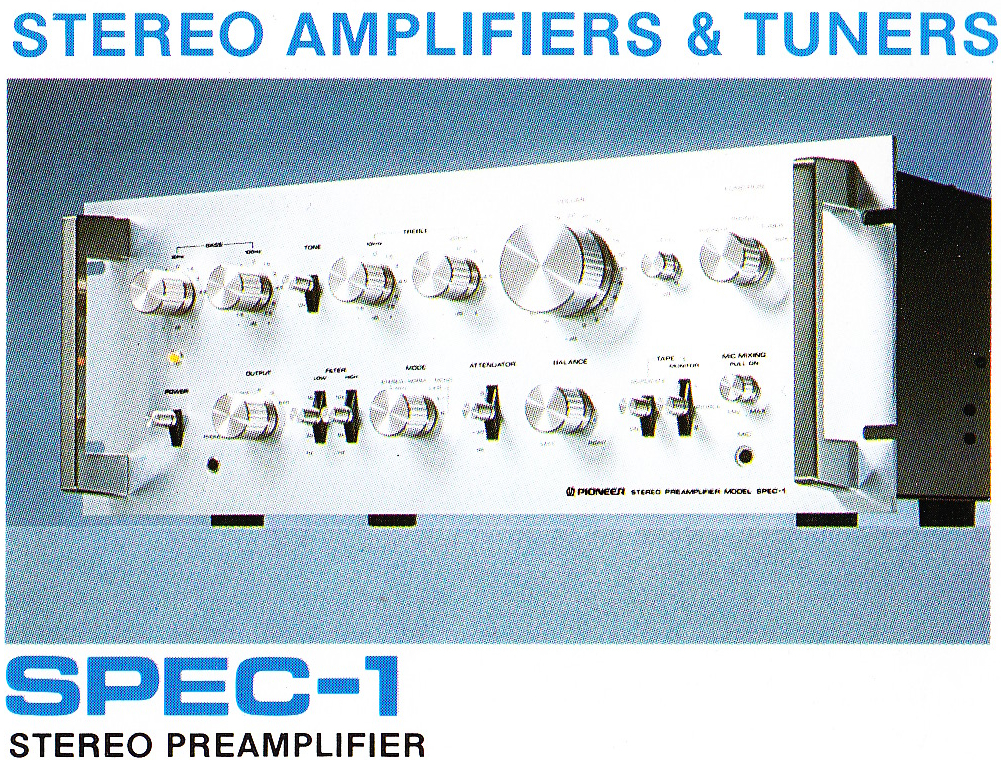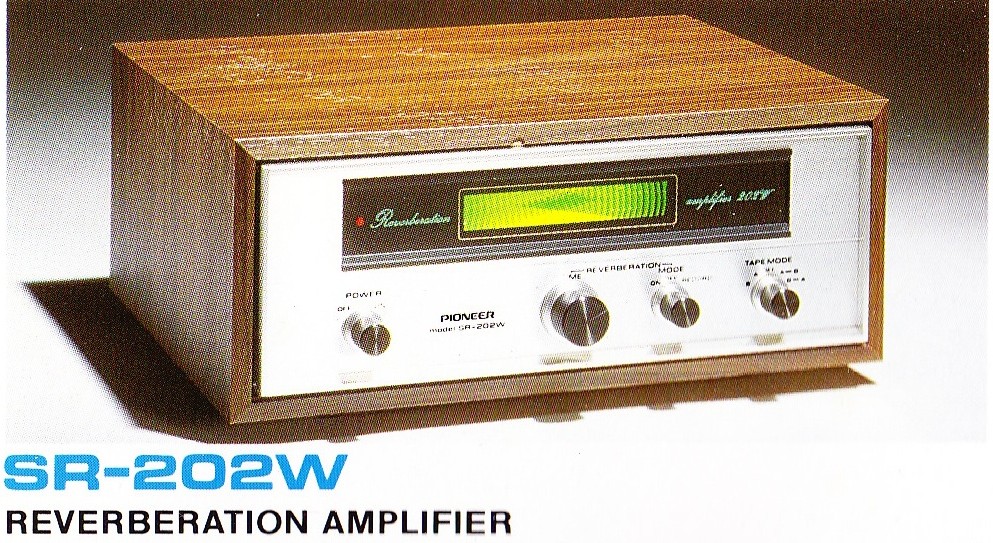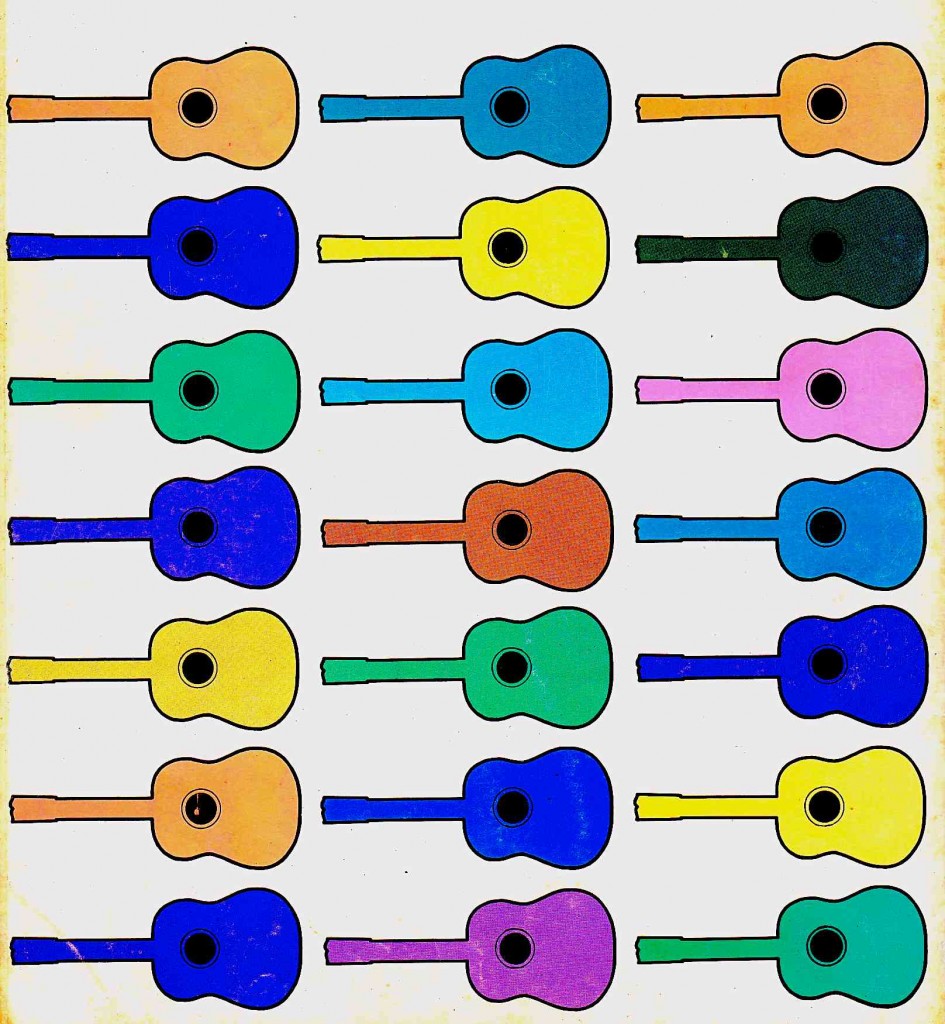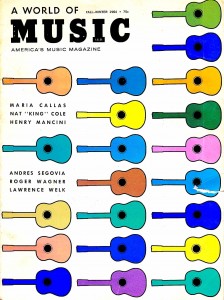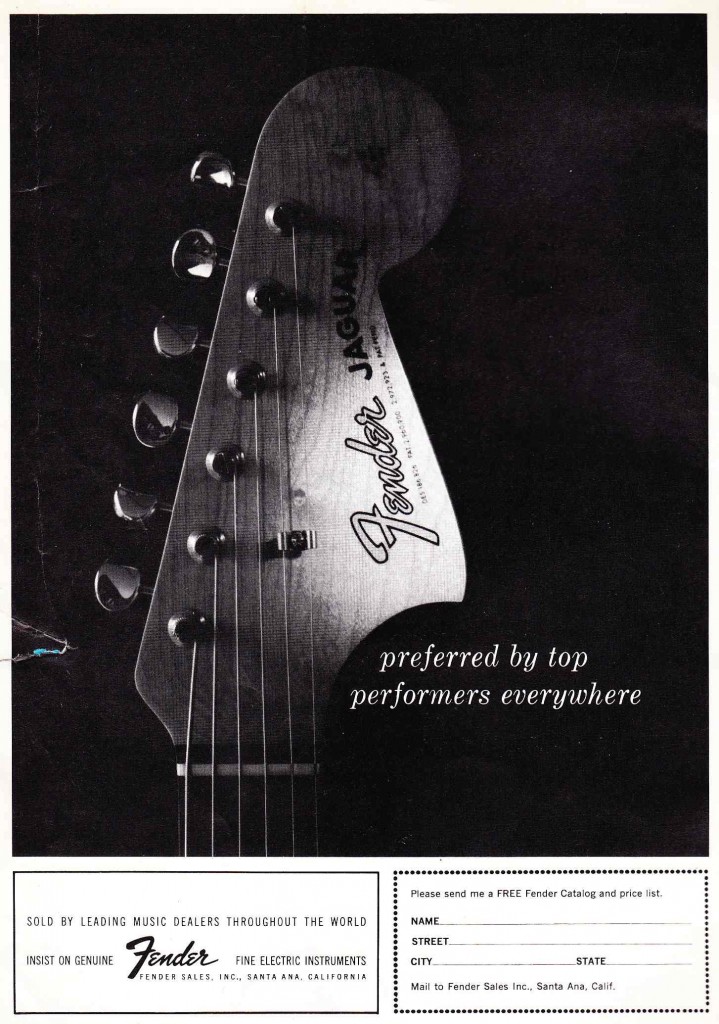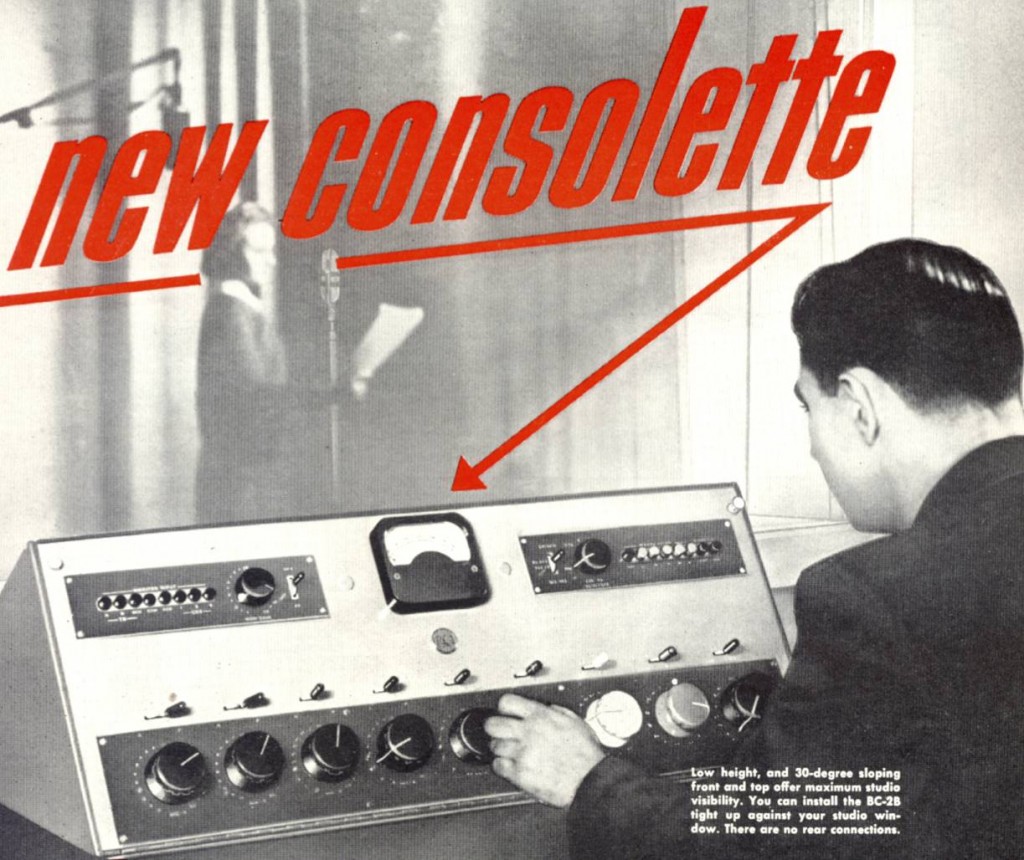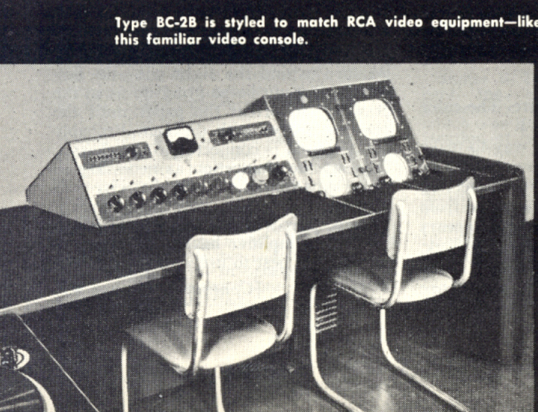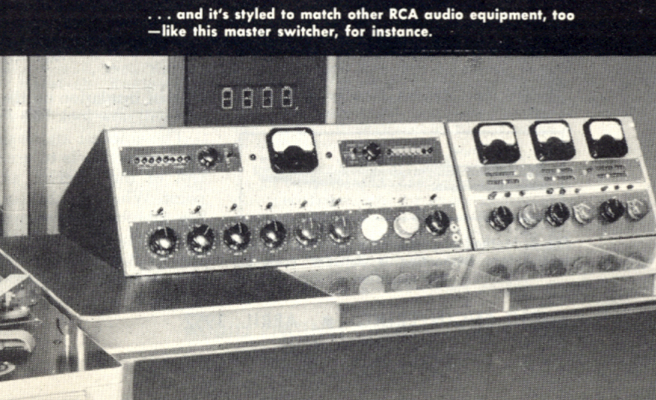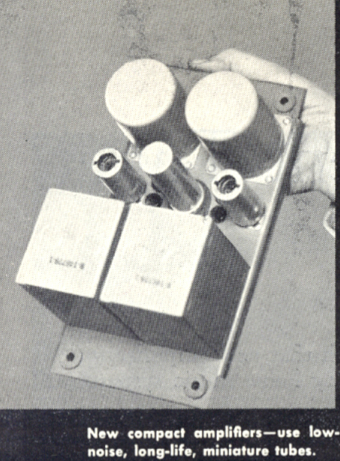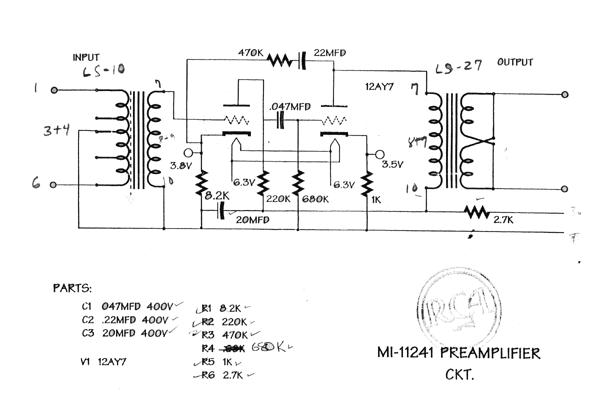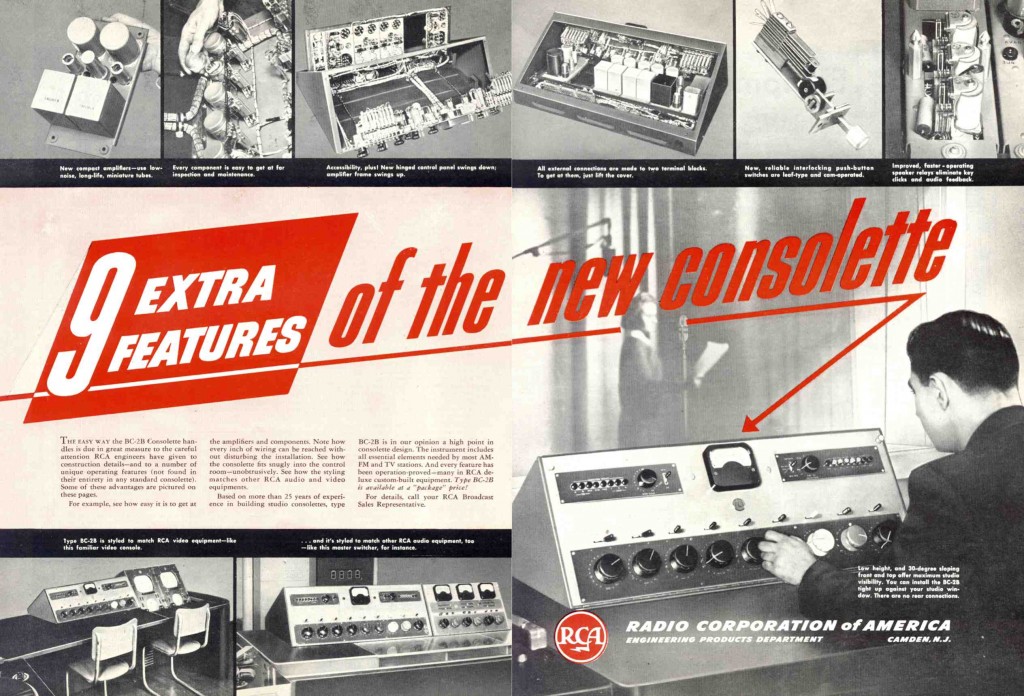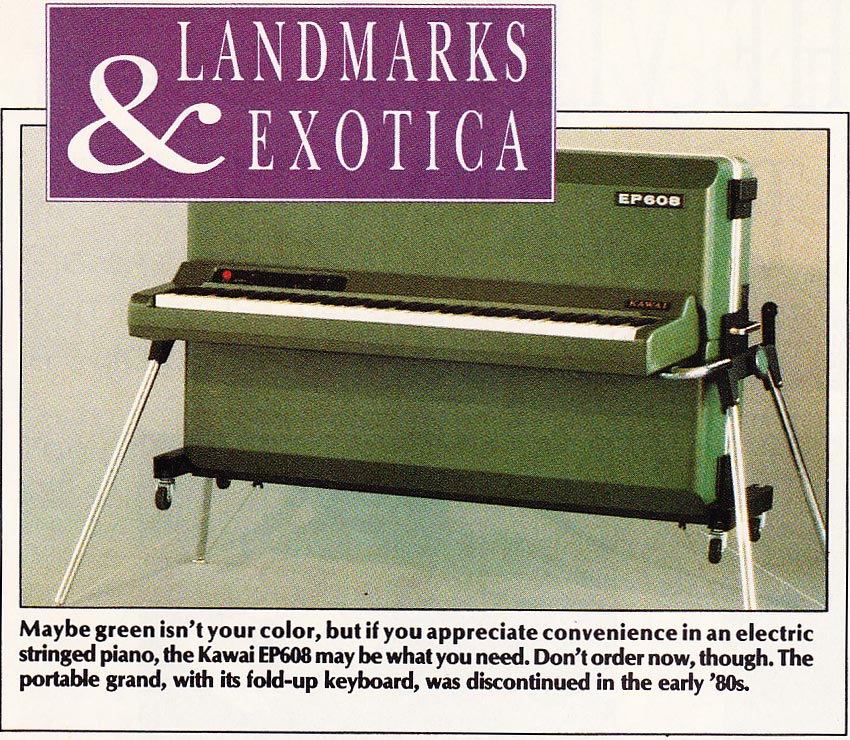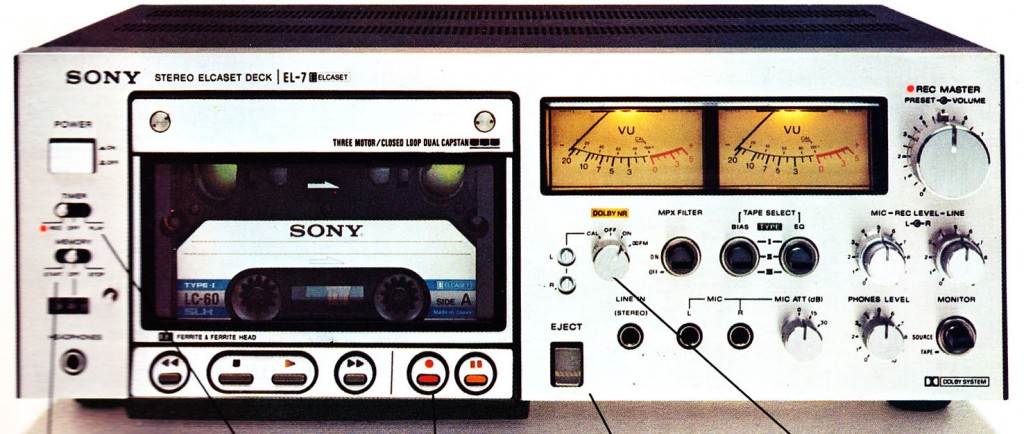 Here’s the thing about experimental anything. Experimental music, experimental writing, experimental technology: if it really, truly is experimental, that means it very well might fail. This is a necessary condition of experimentation. More than any other technology company, SONY is known as much for their failures as their successes. Not failures in a technical/engineering sense, but market failures. The fact that SONY has survived through so may famous failures is testament both to the intense brilliance of their successful experiments (Trinitron, The Walkman, the Compact Disc) as well as the depth of their commitment to innovation. Times are not good for SONY right now; the marquee position that they once held has largely been usurped by Apple and Samsung. But don’t believe that a comeback is impossible.
Here’s the thing about experimental anything. Experimental music, experimental writing, experimental technology: if it really, truly is experimental, that means it very well might fail. This is a necessary condition of experimentation. More than any other technology company, SONY is known as much for their failures as their successes. Not failures in a technical/engineering sense, but market failures. The fact that SONY has survived through so may famous failures is testament both to the intense brilliance of their successful experiments (Trinitron, The Walkman, the Compact Disc) as well as the depth of their commitment to innovation. Times are not good for SONY right now; the marquee position that they once held has largely been usurped by Apple and Samsung. But don’t believe that a comeback is impossible.
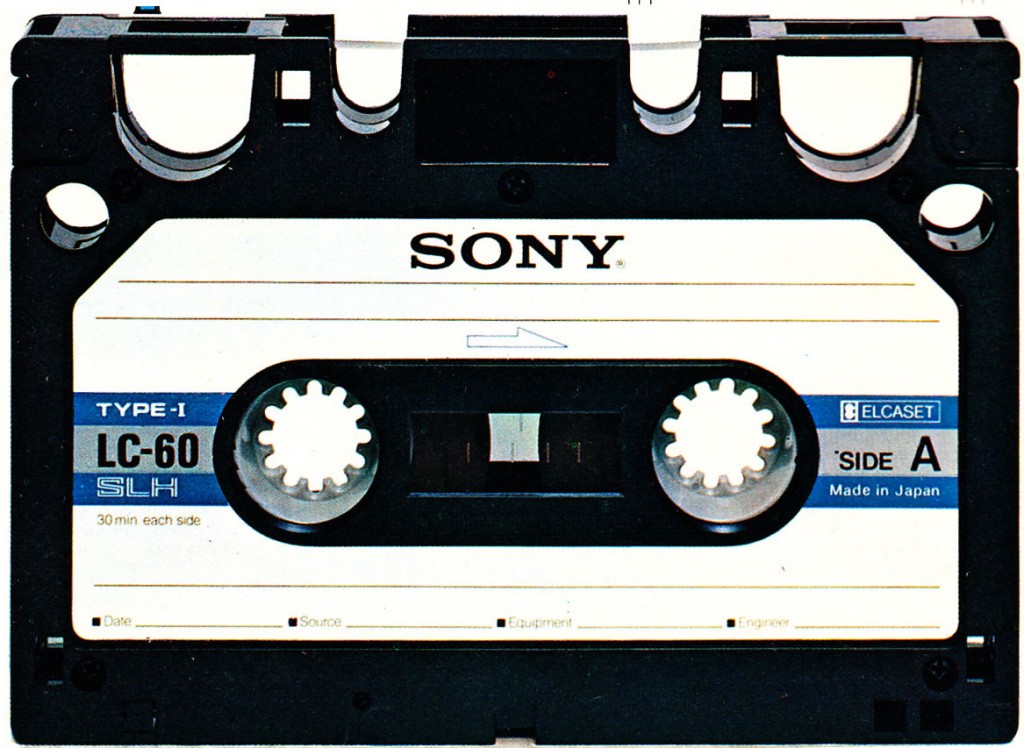 The Elcaset was a SONY-driven consumer analog tape format introduced in 1977 (TEAC, Technics, and JVC also marketed compatible decks). Essentially, Elcaset was a large cassette tape (approx. the size of a Beta) that used 1/4″ (rather than 1/8″) tape, plus it ran at 3.5 (rather than 1.75) IPS and used VCR-like extra-shell tape handling. The hope was to offer the performance of open-reel tape machines with the convenience of the compact cassette. You can read a quick description of the technology at this link. For a much more detailed account, I have scanned a three-page article from HIGH FIDELITY, 2.77, by one Larry Zide. Zide provides detailed analysis of the technology and also offers his personal guess as to its market viability.
The Elcaset was a SONY-driven consumer analog tape format introduced in 1977 (TEAC, Technics, and JVC also marketed compatible decks). Essentially, Elcaset was a large cassette tape (approx. the size of a Beta) that used 1/4″ (rather than 1/8″) tape, plus it ran at 3.5 (rather than 1.75) IPS and used VCR-like extra-shell tape handling. The hope was to offer the performance of open-reel tape machines with the convenience of the compact cassette. You can read a quick description of the technology at this link. For a much more detailed account, I have scanned a three-page article from HIGH FIDELITY, 2.77, by one Larry Zide. Zide provides detailed analysis of the technology and also offers his personal guess as to its market viability.
DOWNLOAD ZIDE’S ARTICLE: Elcaset_Feb1977
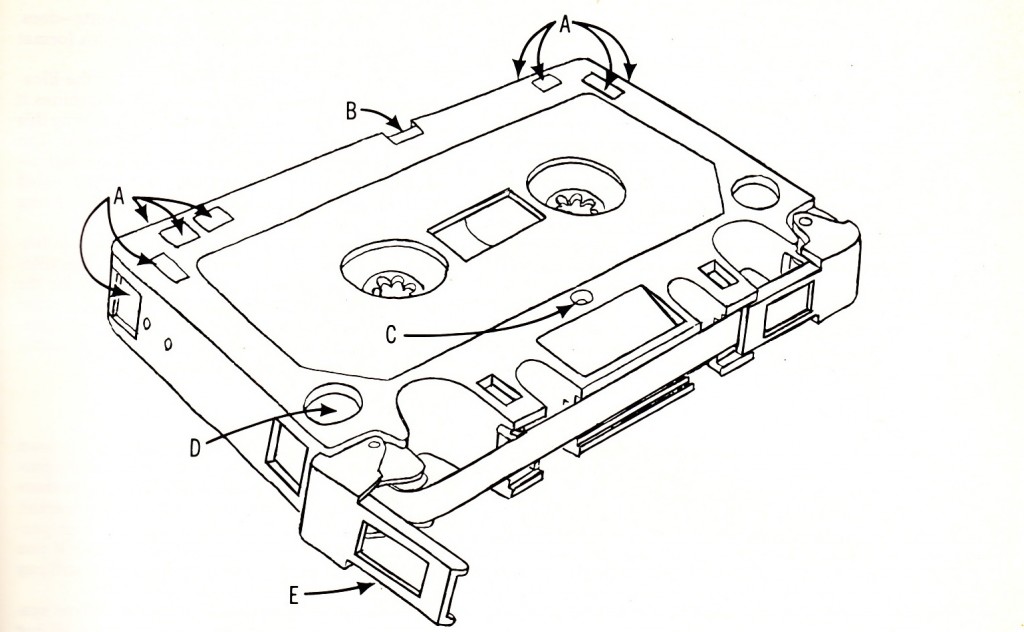 Even if you’ve never heard of Elcaset, I think you can probably guess how it fared in the marketplace: miserably. Making this chapter in SONY history little more than a tragic harbinger of the coming Betamax fiasco. But then what happened to all of those thousands of unsold Elcaset machines and pieces of tape stock? Why do they rarely turn up for sale? If you’re Finnish, you already know the answer. Very bizarre.
Even if you’ve never heard of Elcaset, I think you can probably guess how it fared in the marketplace: miserably. Making this chapter in SONY history little more than a tragic harbinger of the coming Betamax fiasco. But then what happened to all of those thousands of unsold Elcaset machines and pieces of tape stock? Why do they rarely turn up for sale? If you’re Finnish, you already know the answer. Very bizarre.
If you want to learn way, way more about Elcaset, just click here…
